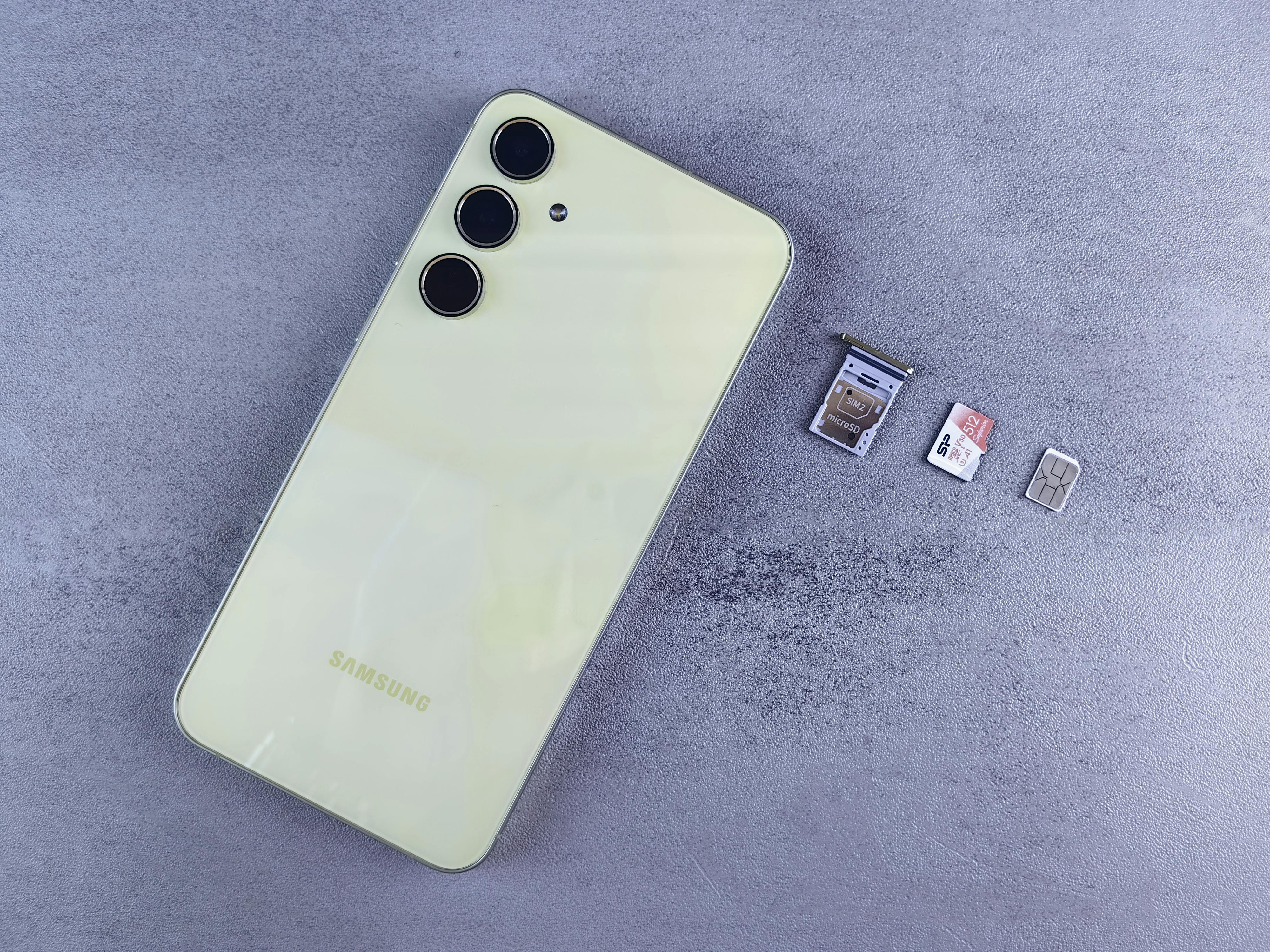Sim Swap: What Is It?

Sim swap, or sim swapping, is a rapidly growing form of cybercrime where scammers gain access to your phone number by transferring your SIM card to another SIM card they possess.
This allows them to access your personal accounts, including social media, bank details, and other services linked to your phone number.
How Does Sim Swapping Work?
In sim swapping, your SIM card is literally ‘swapped’ to a new SIM card in the scammer’s possession. This often happens as follows:
- Gathering Information: Scammers collect personal information such as your birthdate, address, or answers to security questions through phishing, data breaches, or social media.
- Contacting the Provider: Using this information, they contact your mobile phone provider and impersonate you. They request to transfer your phone number to a new SIM card, often claiming that you’ve lost your mobile phone. If the provider doesn’t perform sufficient checks, the request may be approved.
- Activating the New SIM Card: Once the provider approves, your phone number is transferred to the scammer’s new SIM card. This gives the scammer access to SMS messages and phone calls.
- Exploiting Access: With access to your SMS messages, scammers can intercept two-factor authentication codes, allowing them to access your email accounts, bank accounts, and other services. This can cause severe financial and emotional damage.
What Are the Risks of Sim Swap?
The consequences of sim swapping can be severe. You could become a victim of:
- Identity Theft: Scammers can impersonate you to make payments or sign up for services.
- Account Access: By exploiting two-factor authentication, scammers can access sensitive accounts.
- Financial Loss: They can transfer money, make purchases, or empty your bank account.
- Blocked Connection: While scammers use your phone number, you won’t be able to receive SMS messages or calls.
How Can You Protect Yourself?
Fortunately, there are steps you can take to protect yourself against sim swapping:
- Use Two-Factor Authentication Wisely: Opt for verification via an authenticator app instead of SMS whenever possible. This reduces the risk of scammers accessing your accounts.
- Strong Passwords and Security Questions: Use unique passwords and hard-to- guess answers to security questions. Avoid using easily accessible information, such as your birthdate.
- Alert Your Provider: Contact your mobile phone provider and request extra security, such as a PIN code or password for SIM card changes. Some providers offer specific protection against sim swapping.
- Monitor Your Accounts: Regularly check your bank accounts and other important accounts for suspicious activity. Set up alerts for changes or unusual payments.
- Limit Personal Information: Share as little personal information as possible on social media to make it harder for scammers to impersonate you.
What to Do If You’re a Victim of Sim Swapping?
If you suspect you’re a victim of sim swapping, act quickly:
- Contact Your Provider: Inform your provider about what happened and request to block your SIM card.
- Change Passwords: Immediately update the passwords for all your important accounts. Prioritize accounts like your email, bank, and social media.
- Report the Fraud: In countries like the United States, you can report the fraud to agencies like the Federal Trade Commission (FTC). In the Netherlands, you can file a report with the police or the Fraud Help Desk.
- Assess the Damage: Check which accounts have been hacked and try to recover them. Contact your bank if there’s financial damage.
Conclusion
Sim swapping is a serious form of fraud where scammers gain access to your phone number and accounts. By enhancing your security and staying vigilant, you can significantly reduce the risk.
Take measures such as using an authenticator app, setting up a PIN code with your provider, and limiting personal information online.
Stay alert to avoid situations where you lose access to your phone number and linked services. Learn more about online safety and protecting your data in our blog.
Frequently asked questions
A quick way to explore how everything works and what to expect.
Sim swapping is a form of fraud where a scammer transfers your phone number to a SIM card they possess. This is done by contacting your provider and impersonating you, often using stolen personal information like your birthdate or address. This allows the scammer to access SMS messages, including two-factor authentication codes.
Scammers gather your personal information through methods like phishing, data breaches, or information you’ve publicly shared on social media. With this information, they contact your mobile provider and convince them to transfer your phone number to a new SIM card.
While sim swapping is increasing worldwide, it is less common in the Netherlands compared to countries like the United States. However, cases have been reported here as well. It’s wise to take proactive steps, such as setting up a PIN code with your provider, to protect yourself against potential attacks.
Accounts that rely on SMS verification, such as social media, email, and bank accounts, are most at risk. Two-factor authentication codes are often sent via SMS, and scammers can use these to access these services. It’s advisable to use an authenticator app for extra security so that access isn’t dependent on your SIM card.
Providers can offer extra security measures, such as setting up a unique PIN code or password for SIM card changes. Some providers also offer notifications when a request is made to transfer your SIM card. As a user, you can contact your provider to ask what measures are available to better secure your SIM card and phone number.

 Netherlands
Netherlands Belgium
Belgium Denmark
Denmark Germany
Germany France
France Switzerland
Switzerland Austria
Austria UK
UK Spain
Spain Italy
Italy


